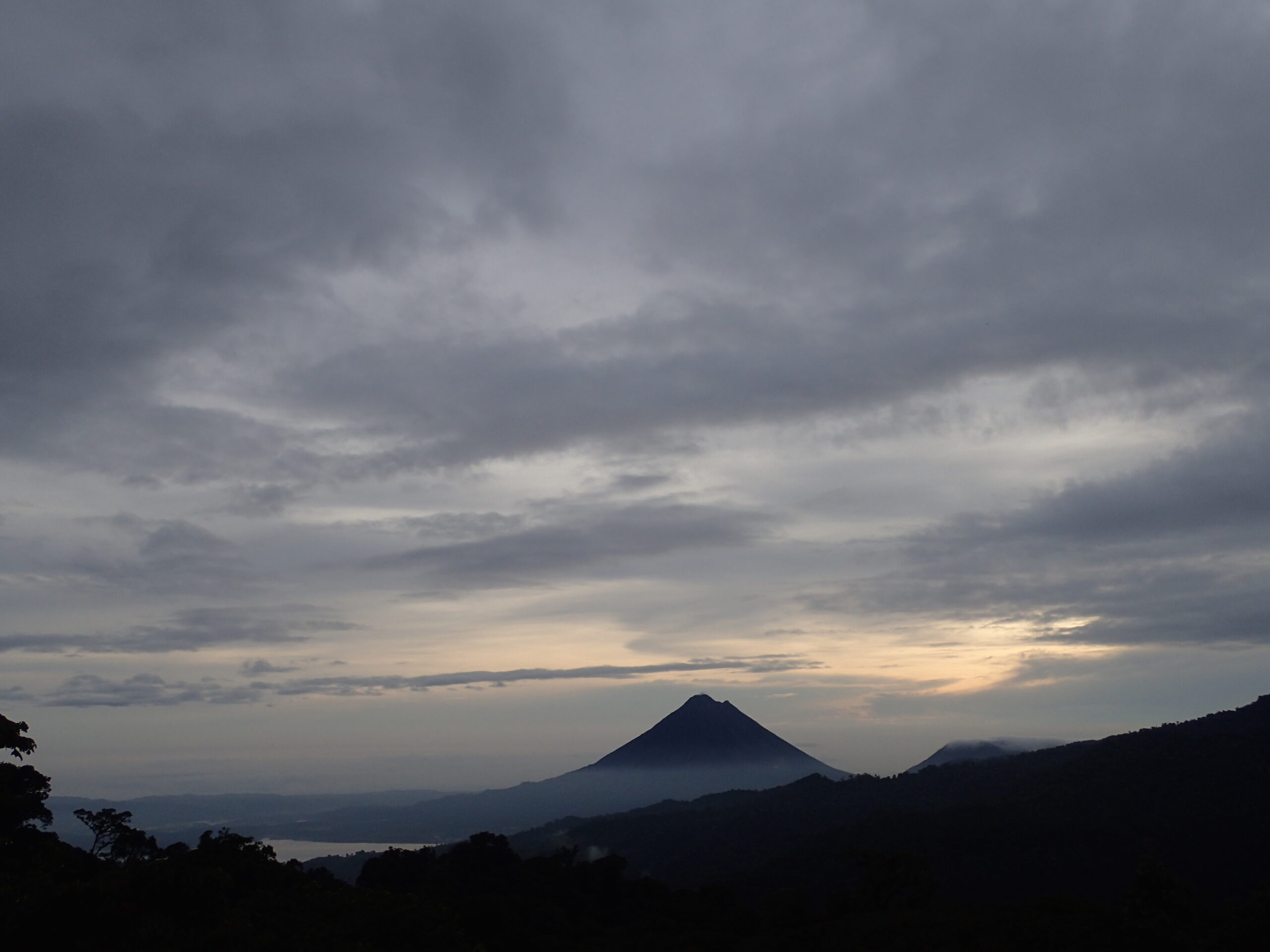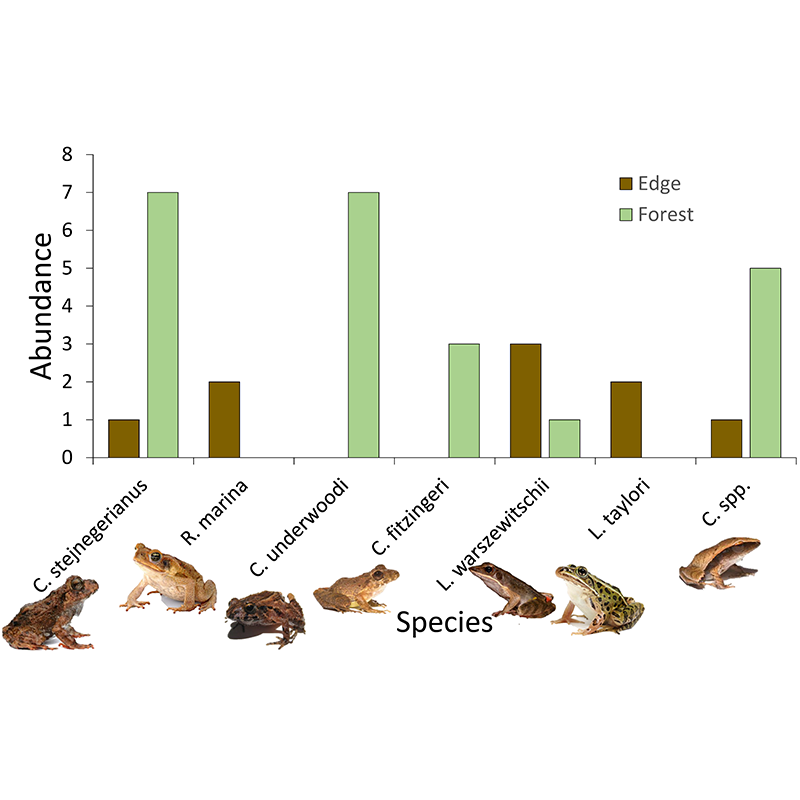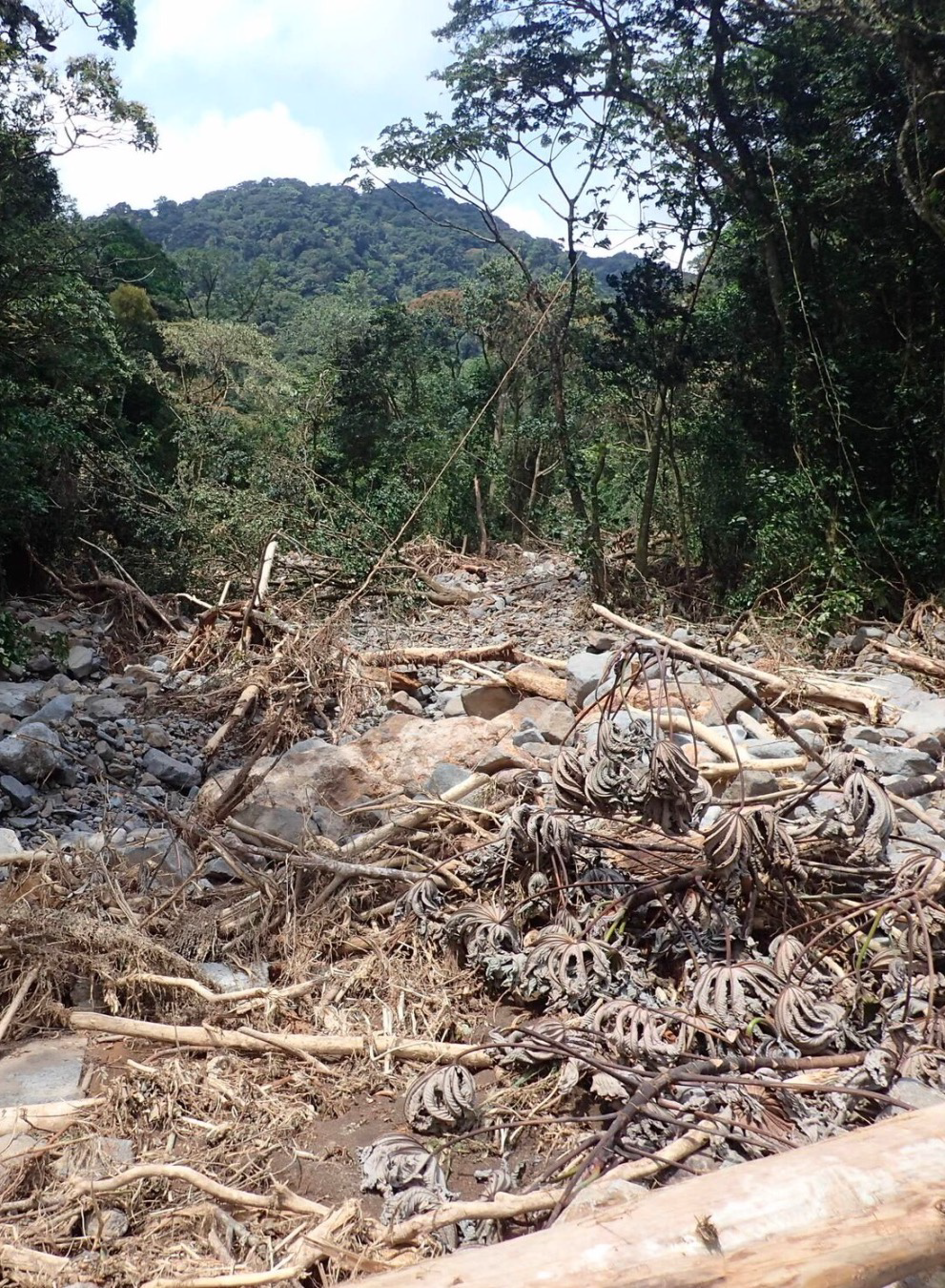Costa Rica is a country that is heavily dependent on cattle farming as a form of livelihood for many of the residents. So, when driving on a rural road, fencing for grazing boundaries is a noticeable feature of the landscape. What may be less noticeable is that some of these fence posts are living, breathing plants! These living fence posts are evenly planted trees, often wrapped in barbed wire, that are sometimes interspersed with regular non-living fence posts.
There are many different species of plant used in Central America and some 92 species are used in Costa Rica alone. Some common species include Gliricidia sepium, Spondeas mombin, Bursera simaruba, and Pachira quinate. Along with the basic function of keeping livestock in one place, living posts provide a laundry list of additional services that benefit the landowner as well as the surrounding ecology.

Compared to regular fences, the living posts are rooted in the ground. This provides a sturdier foundation and the roots help prevent erosion, which can be a big problem on heavily sloped pastures. They also can last a lot longer than regular posts that, even when treated, will eventually rot. In La Fortuna de San Carlos, the growth rate is so high (due to the volcanic soil in the area) that the living posts need to be pruned regularly to not sway too much and mess up the barbed wire. These clippings can then be replanted as more fence posts. Depending on the type of tree used, these fence posts can provide shade for livestock and fruit for the property owner, and some trees even grow spikes, like the widely used Pochote tree, to provide additional protection from intruders. These fence posts are just one example of how the country of Costa Rica champions sustainability. From 2003 to 2008 the Costa Rican government provided payments for environmental services to farmers who implemented living fence posts, as they wanted to incentivize locals to take care of their land for future generations and compensate for some of the environmental degradation inherent in cattle farming.
Sources
https://mucostarica.wordpress.com/2013/01/14/living-fences/
https://www.cabi.org/isc/abstract/19880621379




